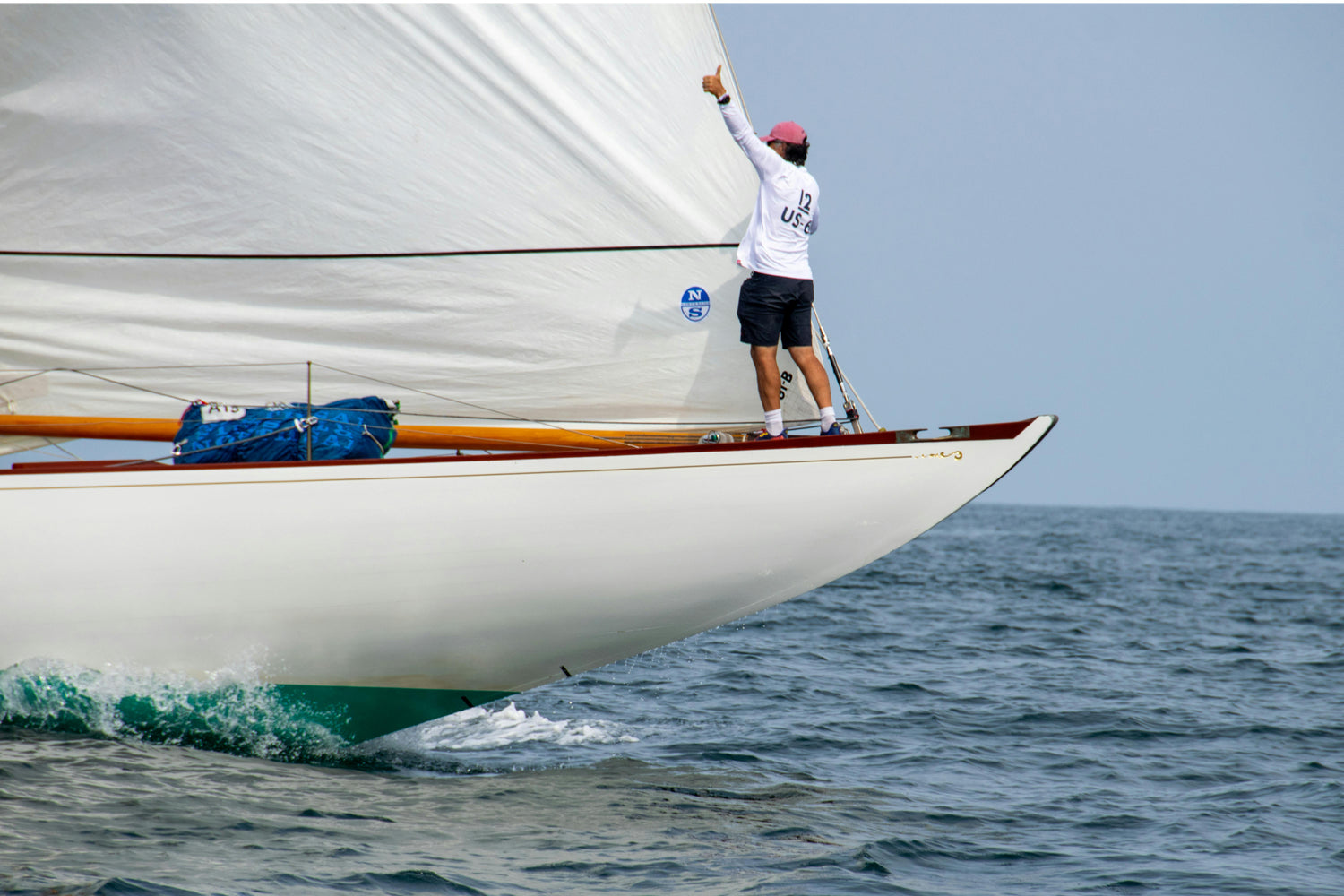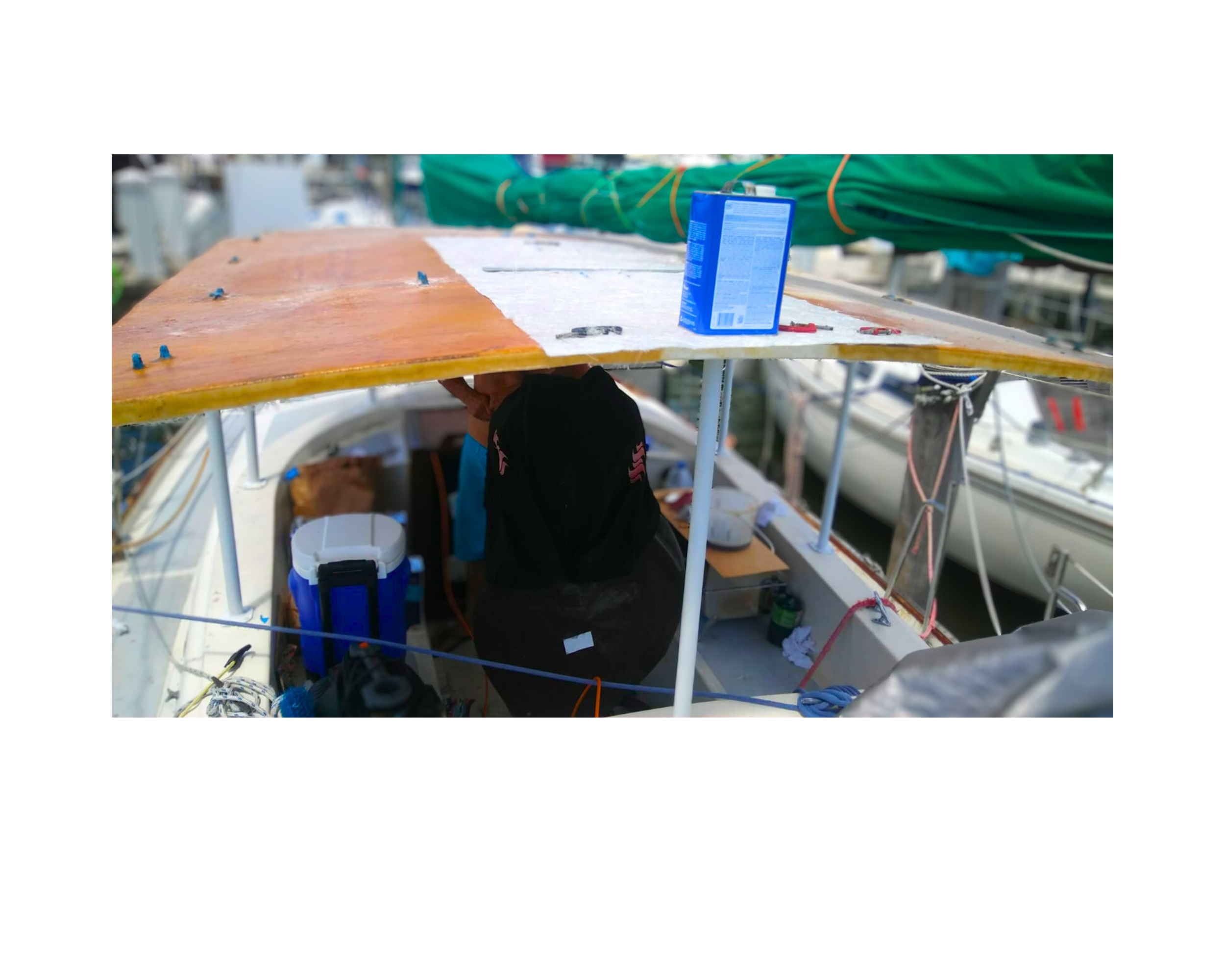How Fast Can Your Sailboat Really Go?
There’s a myth that bigger engines mean faster boats.
But if you’ve spent time offshore, you know speed on a sailboat is about more than horsepower.
It’s about the hull, the length, the sea state, and your ability to work with the wind instead of against it.
⚓ What is “Hull Speed”?
In sailing, we talk about hull speed — the theoretical max your boat can go before it starts pushing more water than it can cut through.
There’s an old-school formula that’s still solid as a knot in double braid:
Hull Speed (knots) = 1.34 × √(LWL in feet)
LWL stands for “Length at Waterline.”
It’s not the LOA (length overall), but the part of your hull that actually sits in the water.
🧭 Why it Matters
Let’s say you’ve got a 36-foot sailboat.
Plug it into the formula and your hull speed is around 8 knots.
That’s it. Unless you’re planing or surfing down a swell, you’re not going much faster.
Knowing your hull speed helps you set realistic expectations, plan passages better, and sail smarter — not harder.
Besides, it reminds you that patience is part of the game.
⚡ Try the Hull Speed Calculator
Wanna know your boat’s theoretical top speed?
Punch in your waterline length below and let the numbers talk.
And remember:
🧭 Hull speed is math. Sailing it is guts.
⚓ Hull Speed Calculator
Enter your boat's length at waterline (in feet):
🧭 Hull speed is math. Sailing it is guts.
⚓ If this helped you understand your boat better, share it with your crew or drop anchor in the comments.



Leave a comment
All comments are moderated before being published.
This site is protected by hCaptcha and the hCaptcha Privacy Policy and Terms of Service apply.